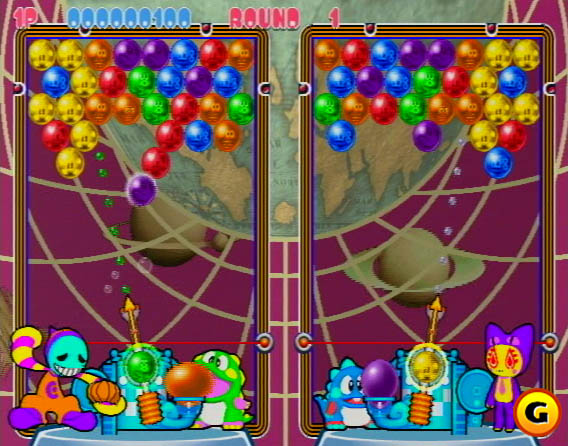I tend not to write much about my work-in-progress, but let me try:
One of my basic arguments is that the rules of a game are designed to (and evolve to) be so clear and unambiguous that it is always clear whether a given action is allowed or not.
At the same time, actually playing a card game, board game, or any outdoor game like croquet tends to lead to much discussion about what rules to follow. I have played thousands of games and seen thousands of games played where discussion erupted around these things: Can you shoot the ball through the center hoops of the croquet field in any direction? Can you borrow money from other players in Monopoly? Can you move both clockwise and counterclockwise during the same turn in Trivial Pursuit?
I have seen this arguing about rules so many times, but for academic purposes, I need a source: Did anybody ever write about this? Any anthropological studies?
It is one of those academic moments: It would be much easier if I could quote somebody else saying this. (Perhaps I should write that article myself under pseudonym?)
The alternatives are 1) to plainly claim that that’s the way it is or perhaps 2) to do a microscopic anthropological study:
“Copenhagen, the evening of August 14th 2003. 4 young men are playing croquet on Halmtorvet. As the leader of the game shoots his ball through the center hoops of the playing field, a violent discussion erupts: Must you shoot through the center hoops from a specific angle; do you need to pass through both hoops or is one enough?”
Any sources, any ideas?

